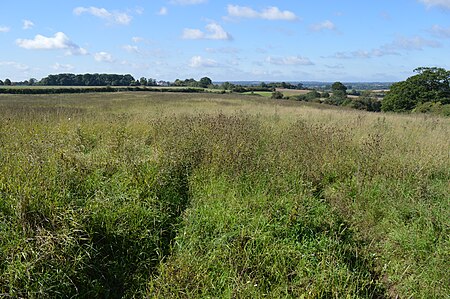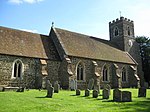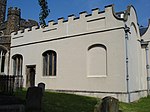Pulloxhill Marsh
Sites of Special Scientific Interest in Bedfordshire

Pulloxhill Marsh is a 5.1-hectare (13-acre) biological Site of Special Scientific Interest in Pulloxhill in Bedfordshire. It was notified in 1985 under Section 28 of the Wildlife and Countryside Act 1981, and the local planning authority is Central Bedfordshire Council.This marsh in a small valley has a wide variety of plant species, including some rare in the country, such as sharpflowered rush and blunt-flowered rush. It also has springs, neutral grassland in higher areas and mature hedgerows.The site is private land closed to the public, but it can be viewed from Church Road.
Excerpt from the Wikipedia article Pulloxhill Marsh (License: CC BY-SA 3.0, Authors, Images).Pulloxhill Marsh
Geographical coordinates (GPS) Address Nearby Places Show on map
Geographical coordinates (GPS)
| Latitude | Longitude |
|---|---|
| N 51.9899 ° | E -0.4635 ° |
Address
MK45 5HH
England, United Kingdom
Open on Google Maps





